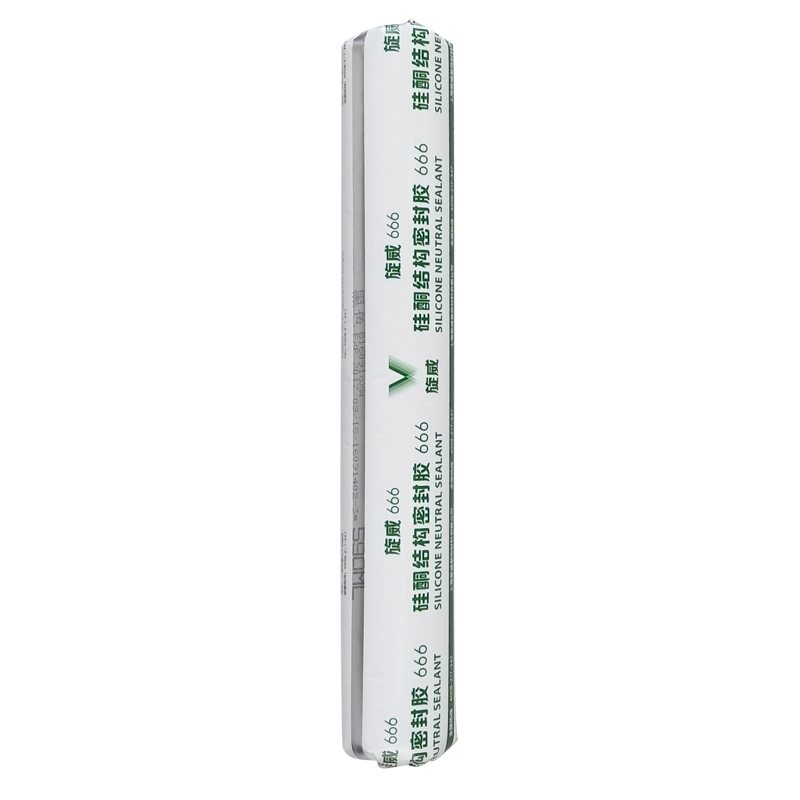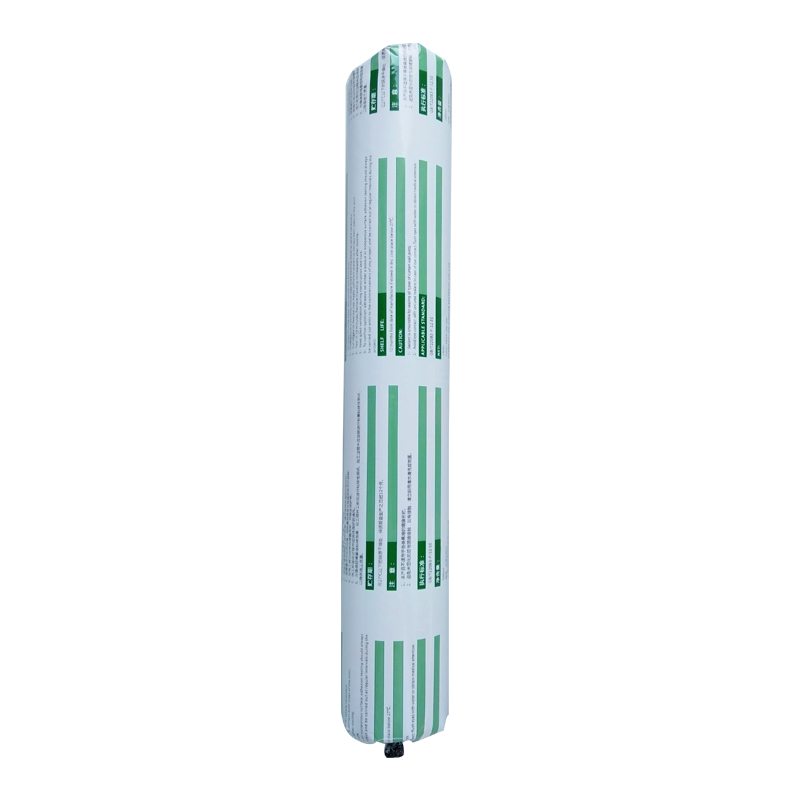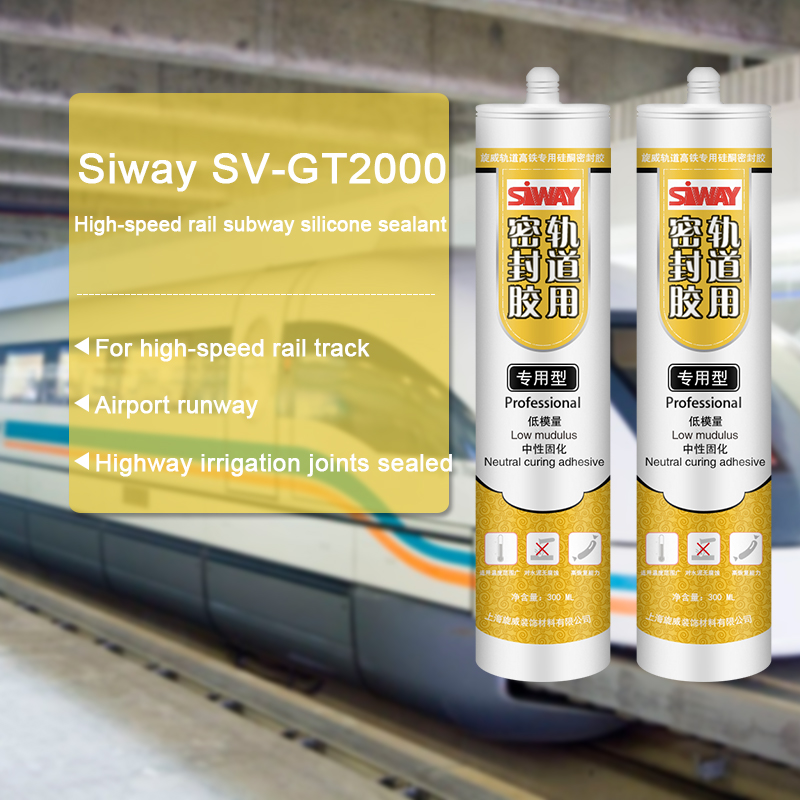19 Years Factory SV-666 General Use Neutral Sealant for Jamaica Importers
Short Description:
Description SV-666 neutral silicone sealant is a neutral curing glue single component, the modulus of the. It is specially designed for windows and doors caulking sealing general plastic doors and windows. It has good adhesion to glass and aluminum alloy, and has no corrosion. Where to use It is fit for multiple purpose sealing and bonding applications to form a silicone rubber adhering to adjacent substrates e.g. glass, ceramic, tile, wood and metal. Key Features 1. 100% silicone 2. Eas...
We pursue the management tenet of "Quality is superior, Service is supreme, Reputation is first", and will sincerely create and share success with all clients for 19 Years Factory SV-666 General Use Neutral Sealant for Jamaica Importers, We are sincerely looking forward to establishing good cooperative relationships with customers from at home and abroad for creating a bright future together.
Description
SV-666 neutral silicone sealant is a neutral curing glue single component, the modulus of the. It is specially designed for windows and doors caulking sealing general plastic doors and windows. It has good adhesion to glass and aluminum alloy, and has no corrosion.
Where to use
It is fit for multiple purpose sealing and bonding applications to form a silicone rubber adhering to adjacent substrates e.g. glass, ceramic, tile, wood and metal.
Key Features
1. 100% silicone
2. Easy to use
3. Waterproofing and weatherproofing
4. Primerless adhesion to most building materials
5. 12.5% movement capability
Technical data sheet
| Test standard | Test project | Unit | value |
| Before curing——25℃,50%R.H. | |||
| GB13477 | Flow, sagging or vertical flow | mm | 0 |
| GB13477 | surface drying time(25℃,50%R.H.) | min | 30 |
|
GB13477 |
Operating time | min | 20 |
| Curing time(25℃,50%R.H.) | Day | 7-14 | |
| Sealant curing speed and operating time will have different with different temperatures and temperature, high temperature and high humidity can make sealant curing speed faster, rather low temperature and low humidity are slower.21 days after curing——25℃,50%R.H. | |||
| GB13477 | Durometer Hardness | Shore A | 28 |
| GB13477 | The ultimate tensile strength | Mpa | 0.7 |
| Temperature stability | ℃ | -50~+150 | |
| GB13477 | Movement capability | % | 12.5 |
Certification
JC/T881-2001 12.5E;GB/T14683-2003 12.5E
Color
Black,White,Gray
Package
300ml in cartridge * 24 per box, 590ml in sausage *20 per box
Shelf life
12 months
Note
If you want the TDS or MSDS or other details, please contact with our sales person.
Table of Contents:
0:00 – 1:40 : Removing carpet stuff from floor
1:40 – 6:00 : Attaching your subfloor RIGHT, and marking your joists
6:16 – 7:51 : Applying Primer
7:51 – 8:24 : Filling cracks/holes
8:24 – 11:09 : Applying self-leveler
11:09 – 18:29 : Making tiles out of slabs
18:29 – 24:57 : pushing one tile into place
24:58 – 27:29 : doing some orbital sanding
27:29 – 29:16 : beware of the sealer coat!
29:16 – 30:12 : doing some inter-coat screening
30:12 – 31:34 : routing a floor duct
31:34 – end: review of finished product as I, non-expert, installed it.
This is a mediocre walkthrough but it should give you a good idea of how the process goes.
Note: this won’t work in all mobile homes. A while back, mobile homes had very little oversight in their creation, so manufacturers were more free to do as they pleased. Typically though not always, this lead to lower quality construction which *might not support the additional 6+ lbs per square foot to the flooring system!
Anyways
You’ll want to look up some more info about using a T-Bar to apply hardwood flooring coating products, as well as information about sanding/refinishing a hardwood floor.
If you have anything you’d like me to add or link you to, then please let me know what I can do.
Tools required for the job:
2x sawhorses (free)
item-moving ‘dolly’ (20 bucks)
gloves to protect hands from repeated abuse (2 bucks)
2x smooth faced hammers (cheap)
marshalltown concrete form pry bar for pushing slabs against wall studs (60 bucks used amazon)
about 2 quarts of wood filler putty. Recommended to check out: latex wood floor filler ( try ebay) (~30 bucks)
7 gallons of oil based polyurethane floor coating (USD ~250 in california)
2x skillsaws (one free other 25 bucks) w 2x carbide blades (~30 bucks)
Good router: 235 dollars! ![]()
Tongue & Groove bits (30 bucks ebay)
2.5″ flush trim router bit (17 bucks ebay – not found in Blowes)
2x clamps ~$10
aluminum angle stuff for router guide/straight lines (freeish)
Mechanical carpenter’s pencil: 3 bucks
Chalk line w/chalk: 25 cents @ discount isle of hardware store. Since raised to 5 bucks
2x 12″ framing squares (7.00×2 @ home depot)
drywall square (11.00 @ home depot)
razor for scraping off stuff ($1 @ garage sale)
plastic shims for holding floorboards in place temparily (borrowed : free)
17 point 3 inch galvanized screws x ~10 lbs. ~20 bucks ebay.
17 point 5 inch galvanized screws x ~1 lb ~2 bucks ebay
tape measure: $2 @ walgreens
Jigsaw: borrowed
Superglue x10 bottles: $4 @ harbor freight
Underlayment: $.25-.5 per square foot. Possibly unnecessary, but it really did seem to help with impact noise.
Impact driver: $75-250, depending on how nice you want it.
drill or chuck for impact driver: $15+.
Aluminum straight edge (~8ft) for checking floor levels: free on craigslist. sorry. good luck with that.
Mixing attachment for masonry (~10 @ hardware store?, $1@ garage sale)
Self leveling concrete ($28-33/ 50 lb bag) (I used 9 bags FOCCKK!)
Drum sander rental: 60/day + sandpaper (40-140 bucks)
Orbital sander rental: 50/day + sandpaper (20-80 bucks)
5 gallons primer: free on craigslist
Orbital polishing thingy + clamp + 150 grit screen: 25 + 1 + 5 (garage sale x2, big box store)
Steps:
Remove existing floorcovering (depends what you have)
Attach subfloor using REAL fasteners like screws or ring shank nails in order to mitigate squeaks
Mark where your floor joists and vents are on the wall. Mark at a height slightly higher than your slabs will be.
Seal up any holes or gaps in the floor
make the floor essentially waterproof and sterile using cleaning agents + sealer/primer.
mark where the low spots on the floor are.
Apply a material which will fill those low spots (IE self leveling concrete)
cut your slabs and load them into your rooms. after each room is laid out, smush the tiles in as close as you can, countersink your screw holes @ locations above the joists, and screw the slabs down into your joists. Move onto the next rooms until your entire floor areas are covered.
Rent a drum sander & sand the floors along the grain of the wood. If you’ve got heavy scratches in some areas, you’ll have to star with a pretty low grit. Always work your way up to 80-120 grit.
Rent an orbital sander and orbit your whole floor. First attack your edges where paint still remains, then go over the whole floor, making sure to get rid of any sanding marks (but hey, if you got sanding marks, you can call it “character”)
Apply polyurethane floor coating.
Let it cure for the time on the back of the can (usually like 2 weeks) and move back into your house!






